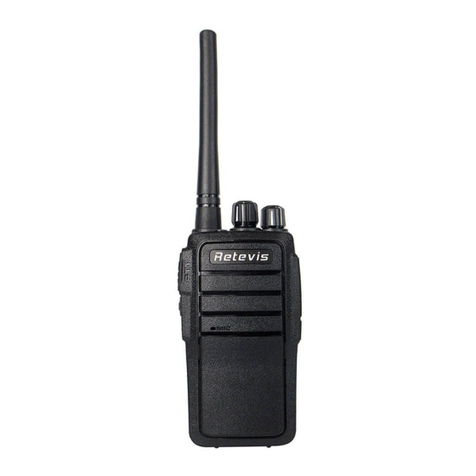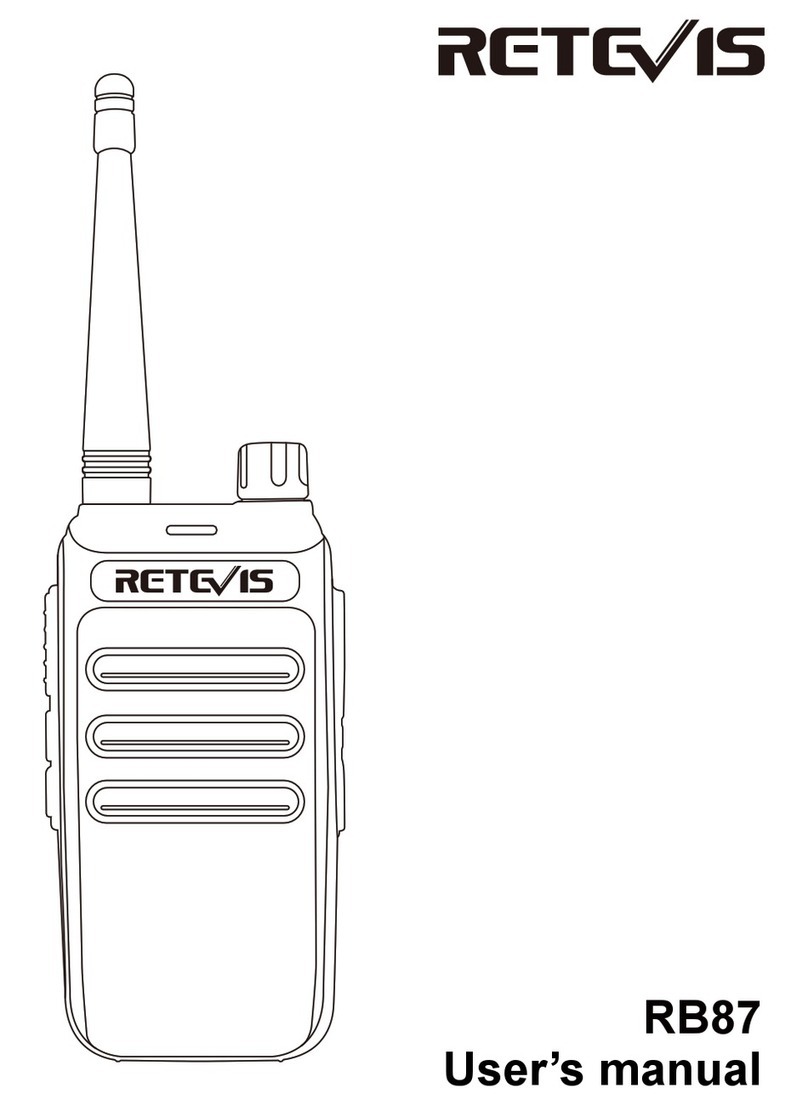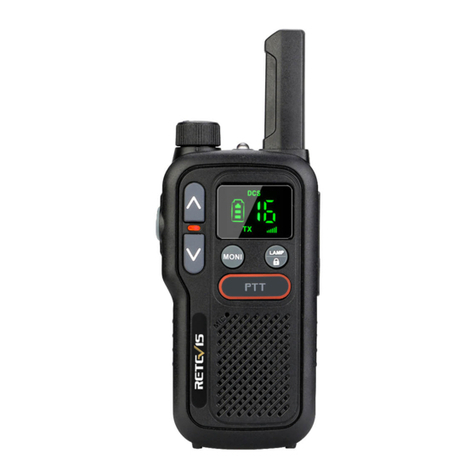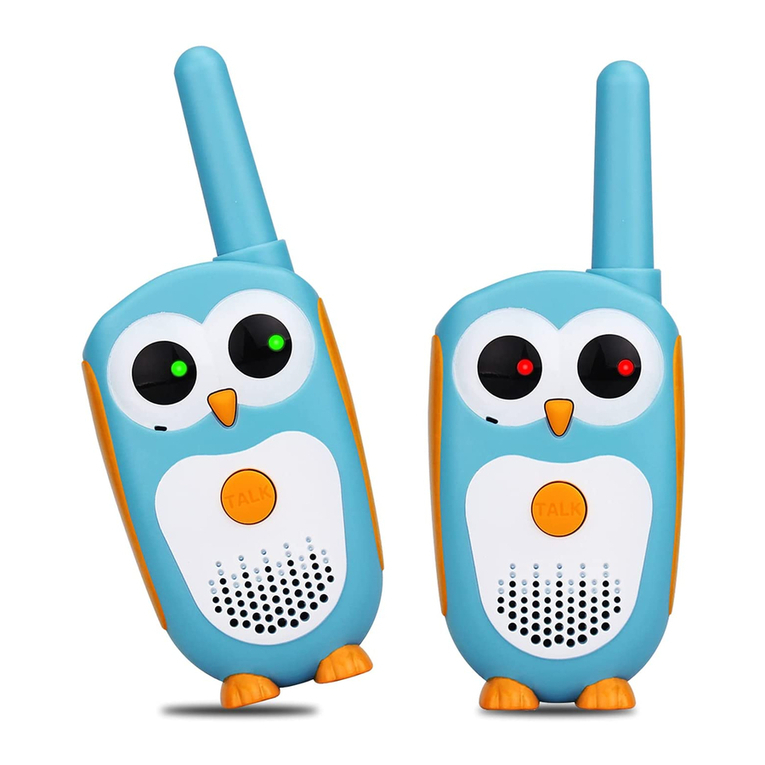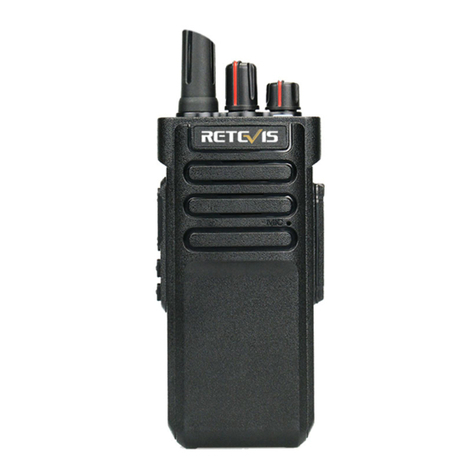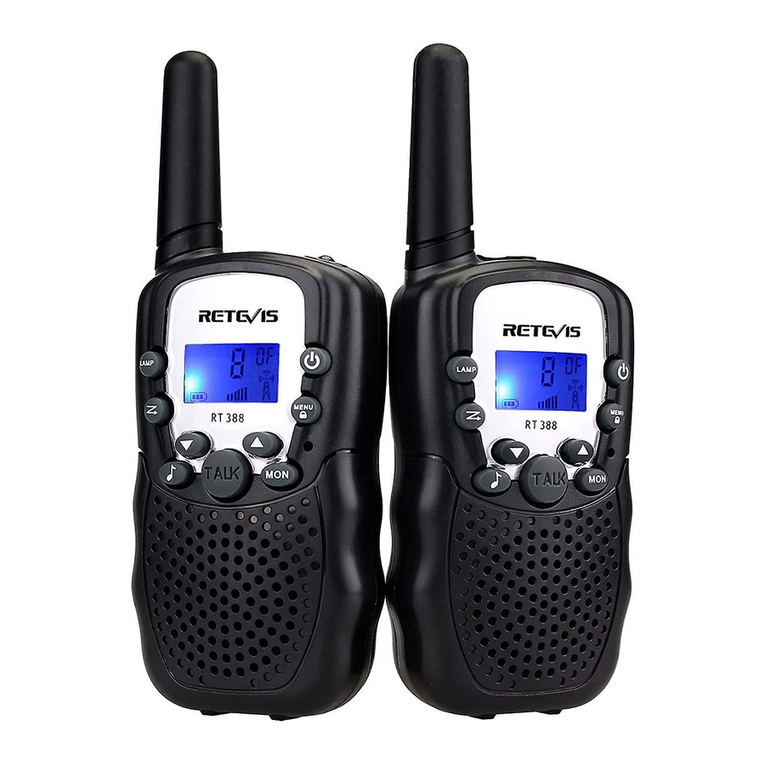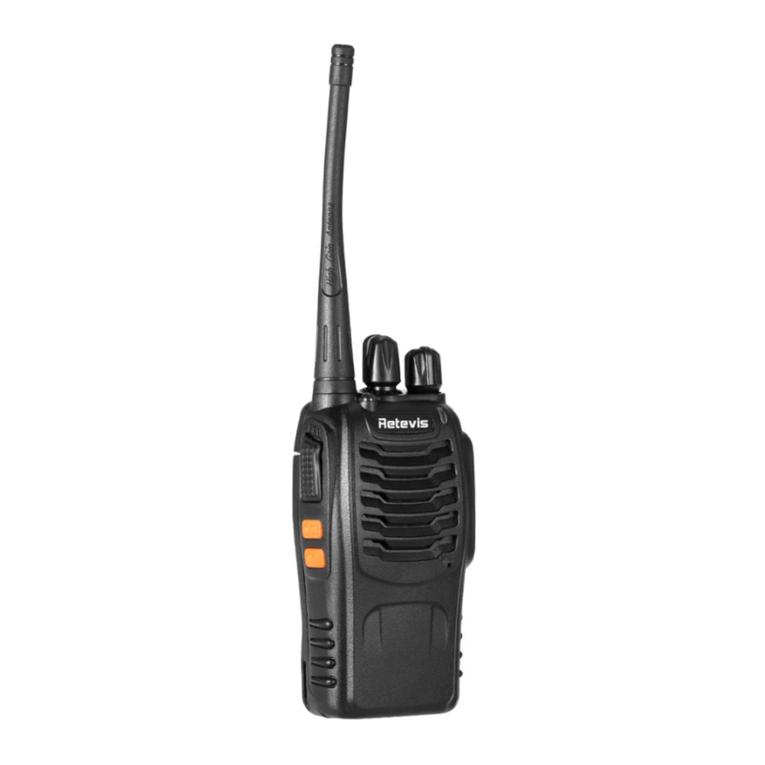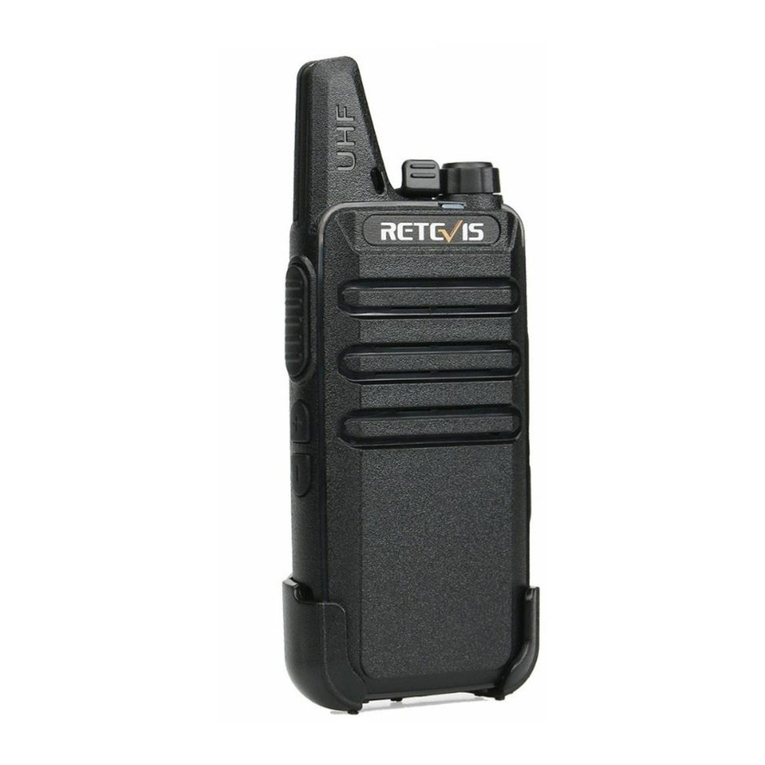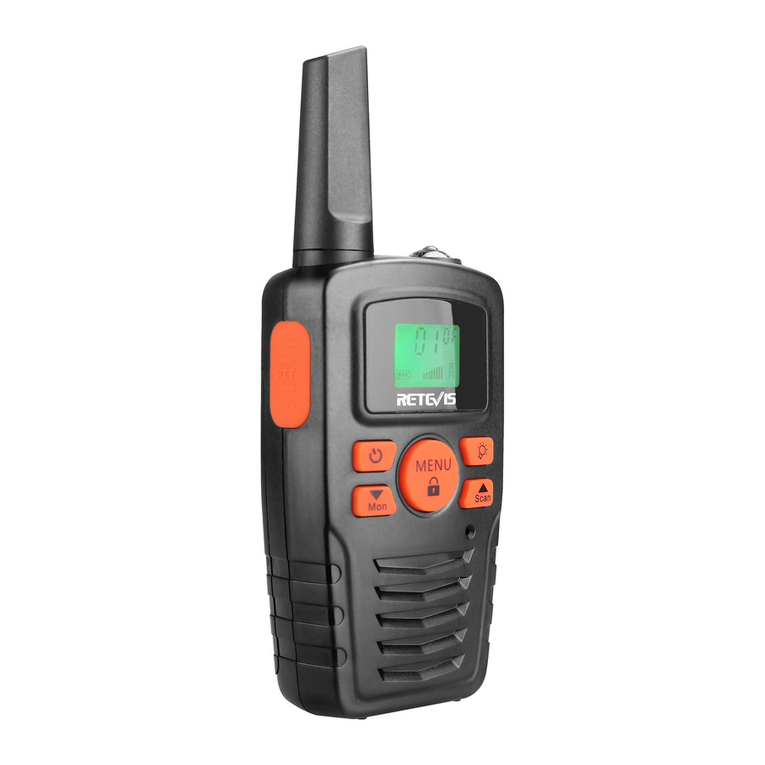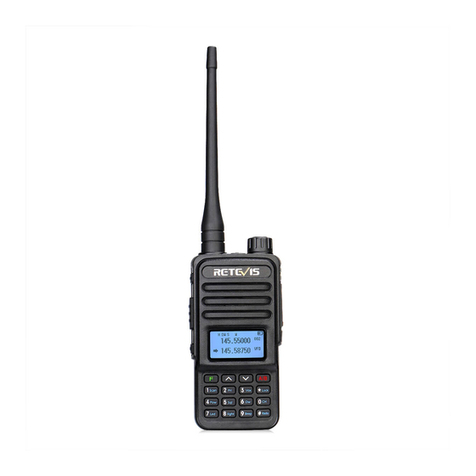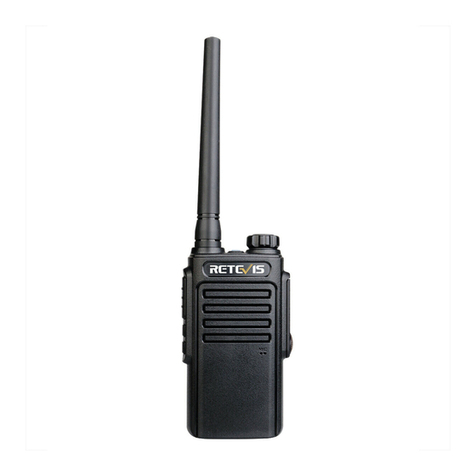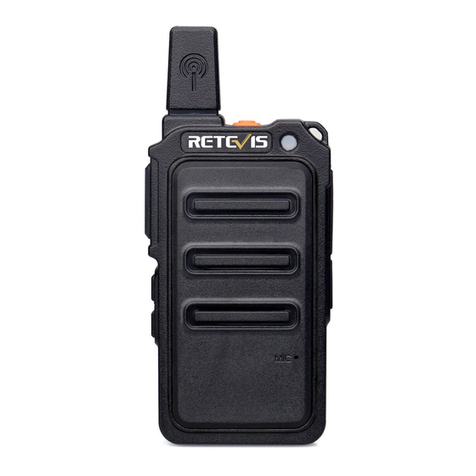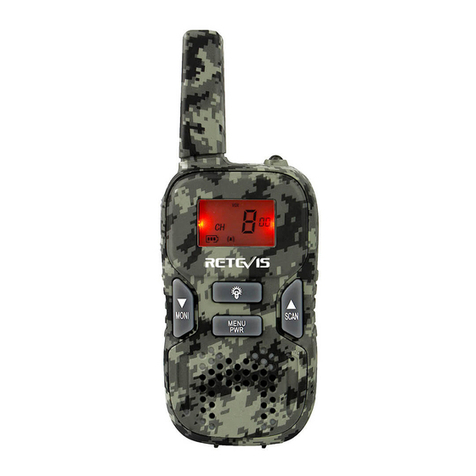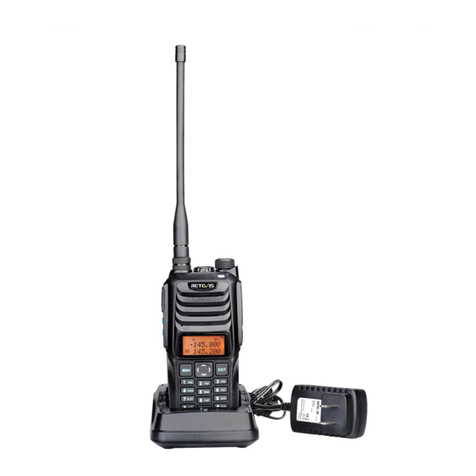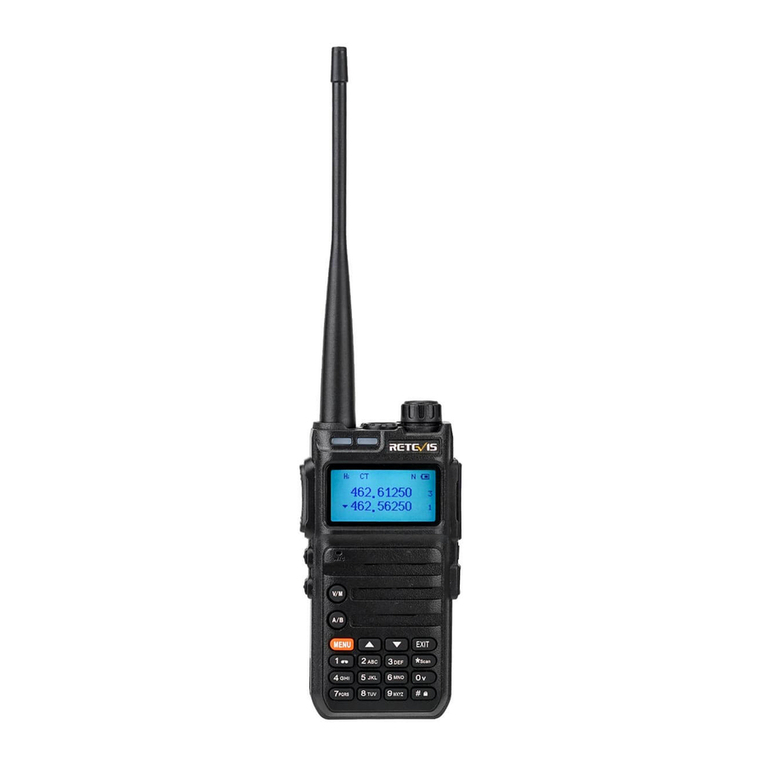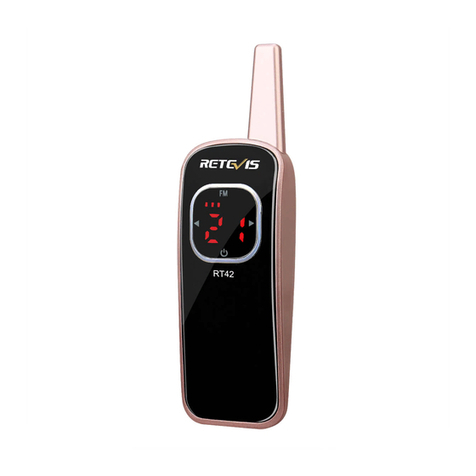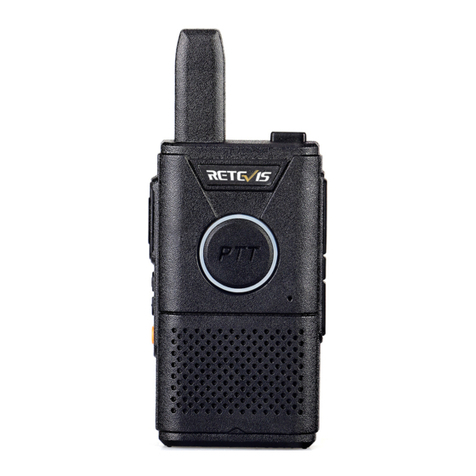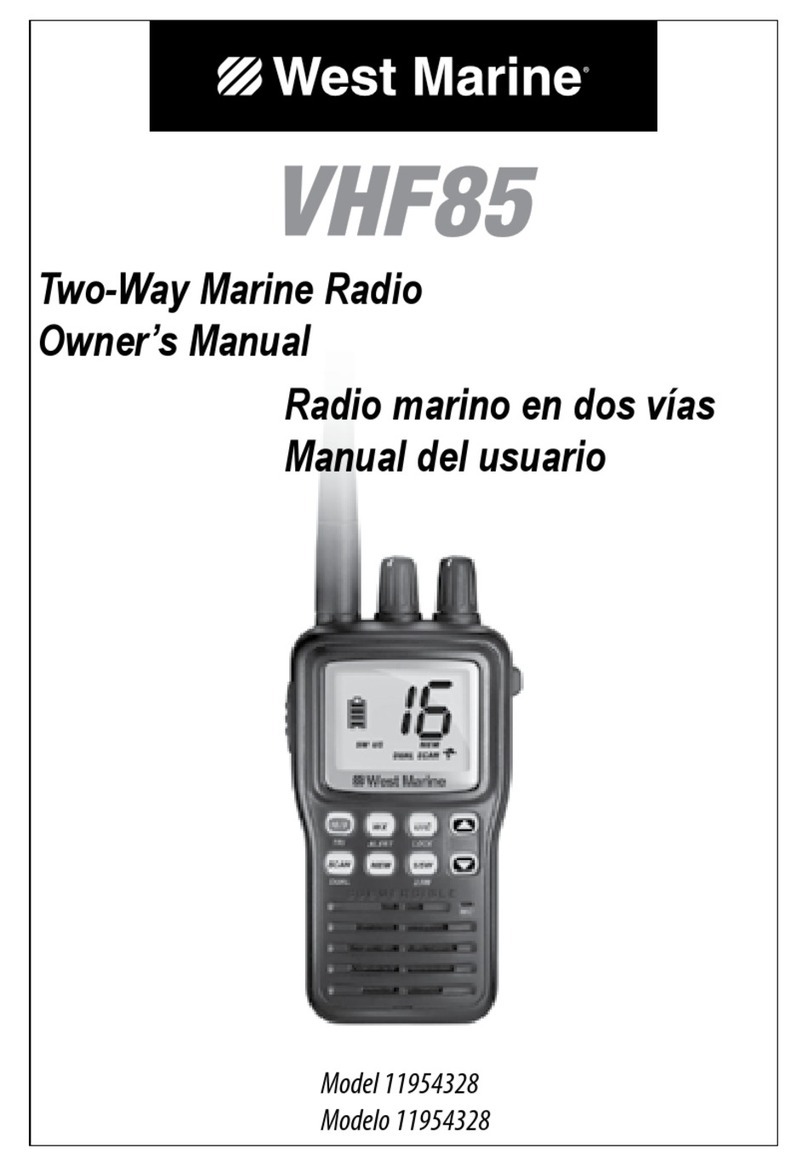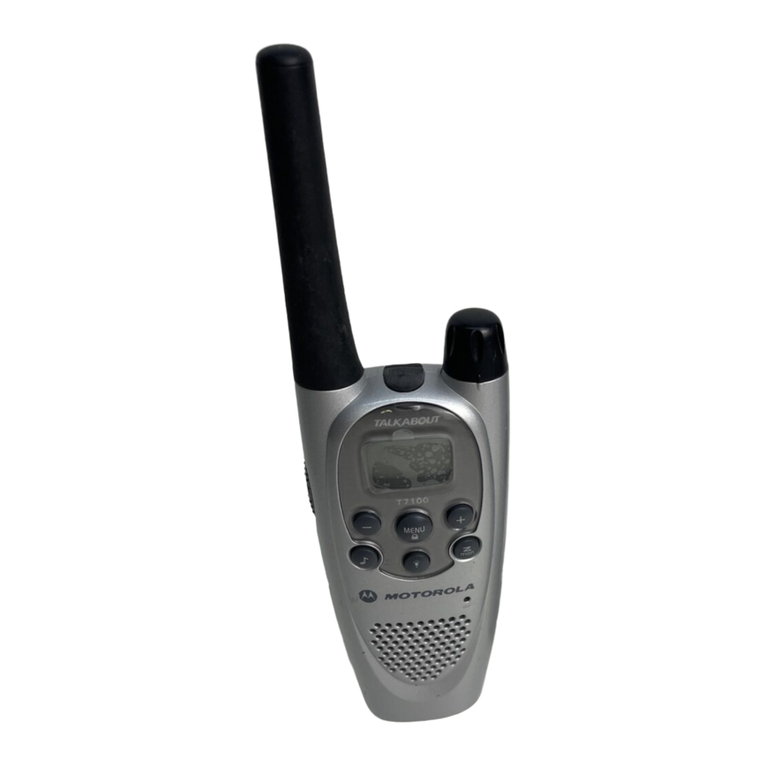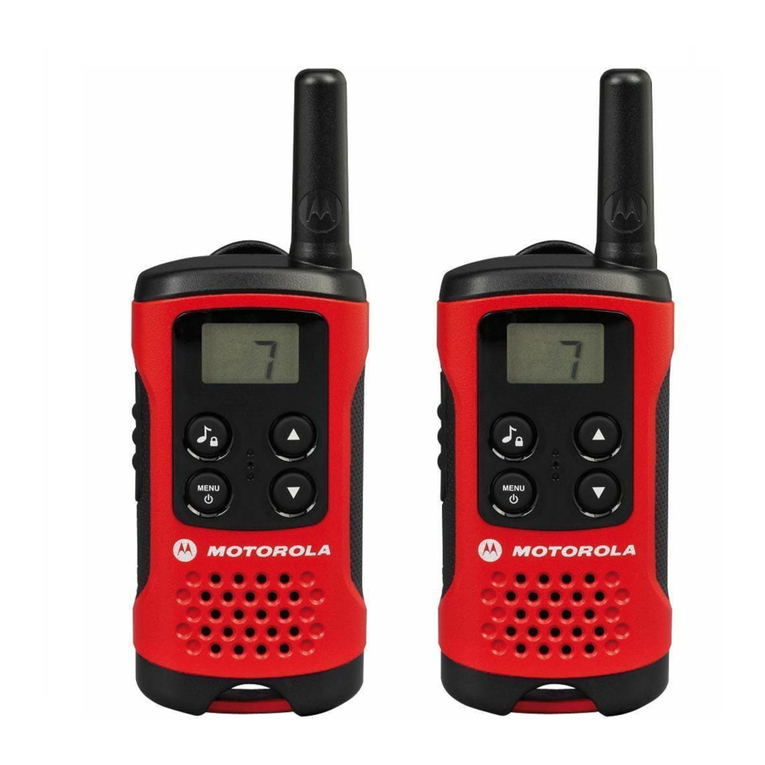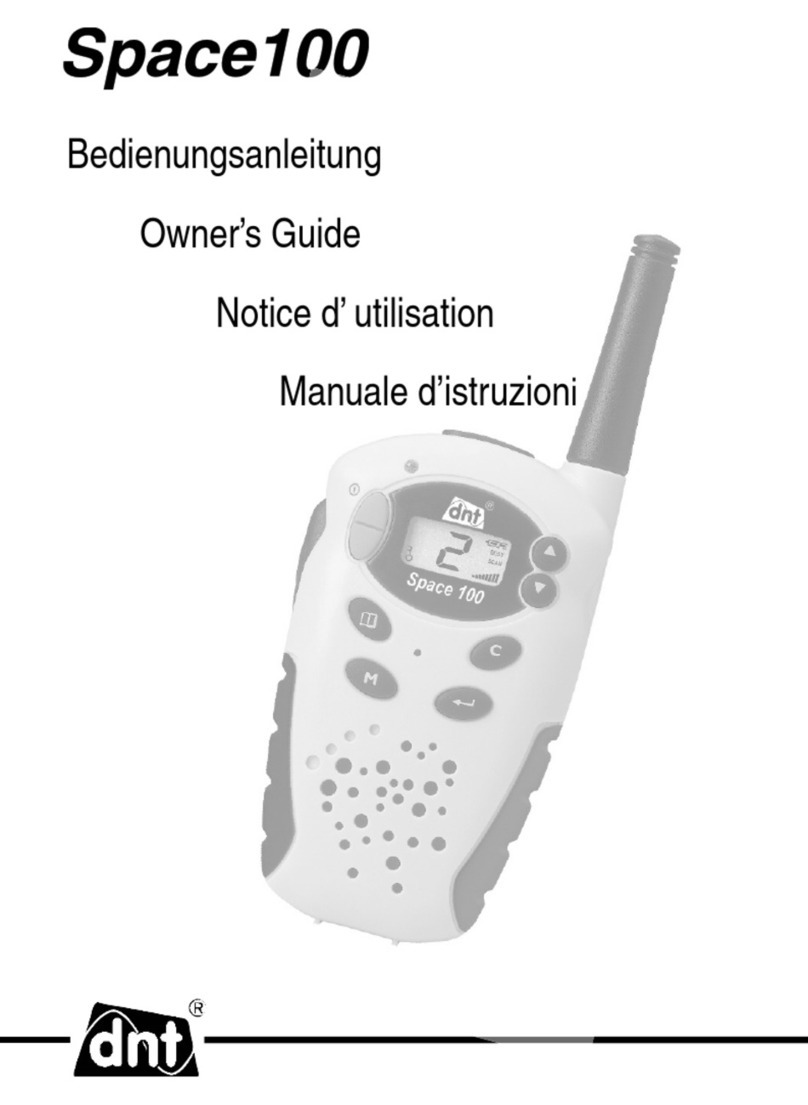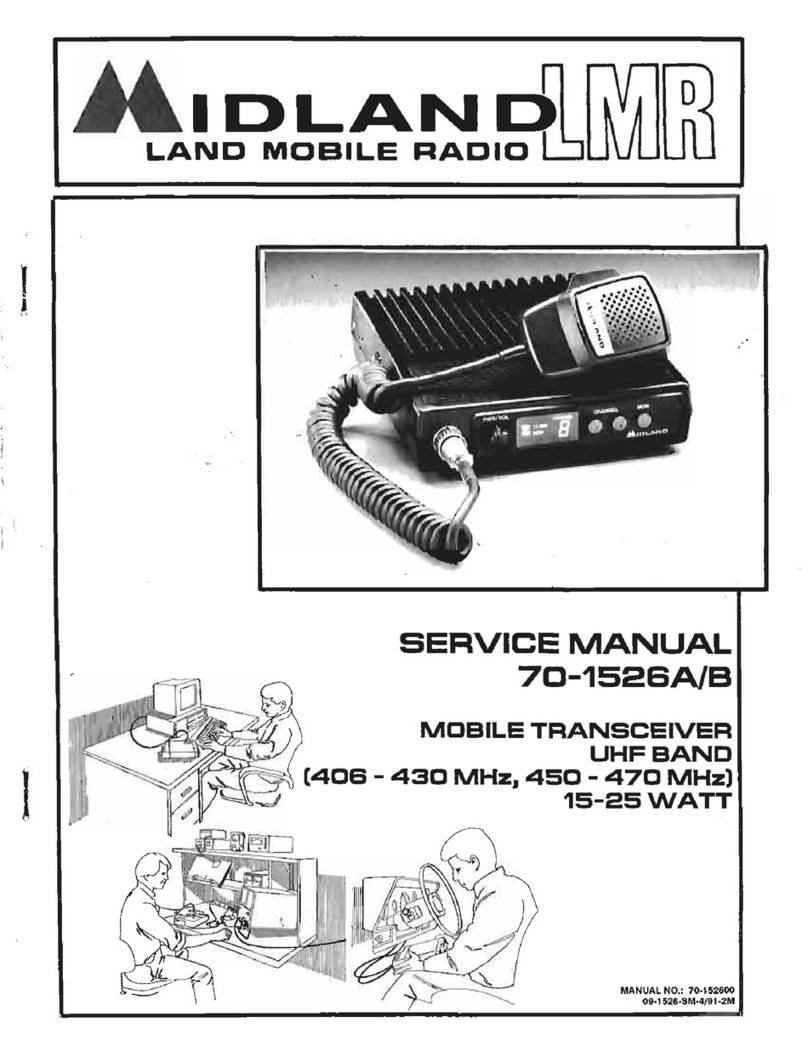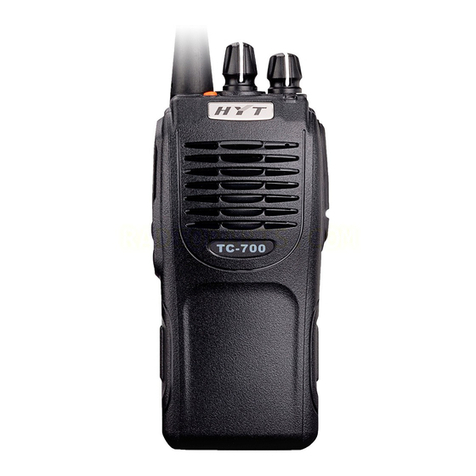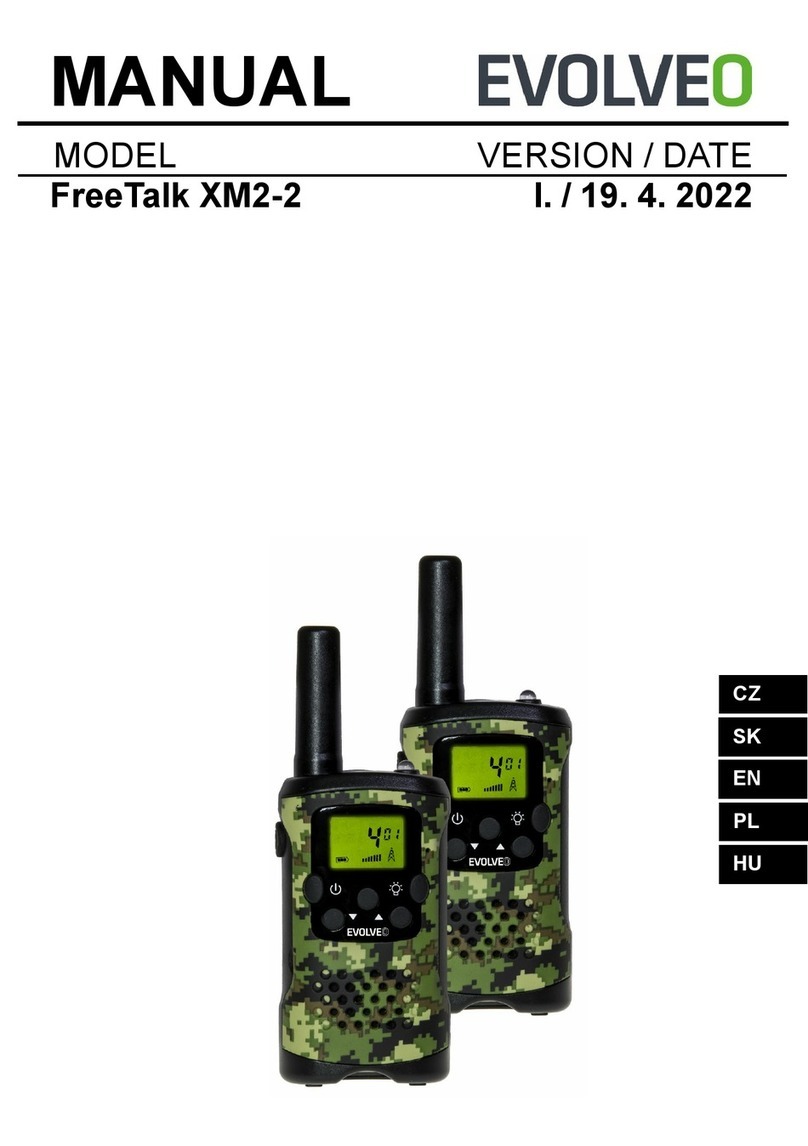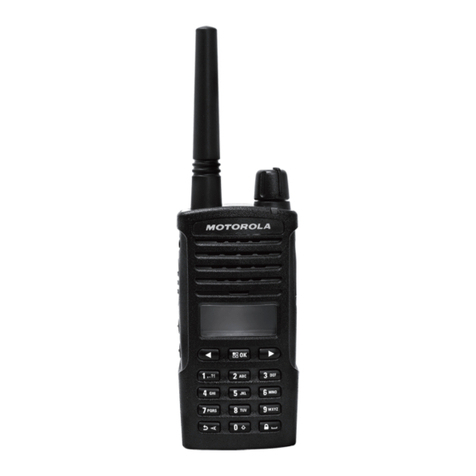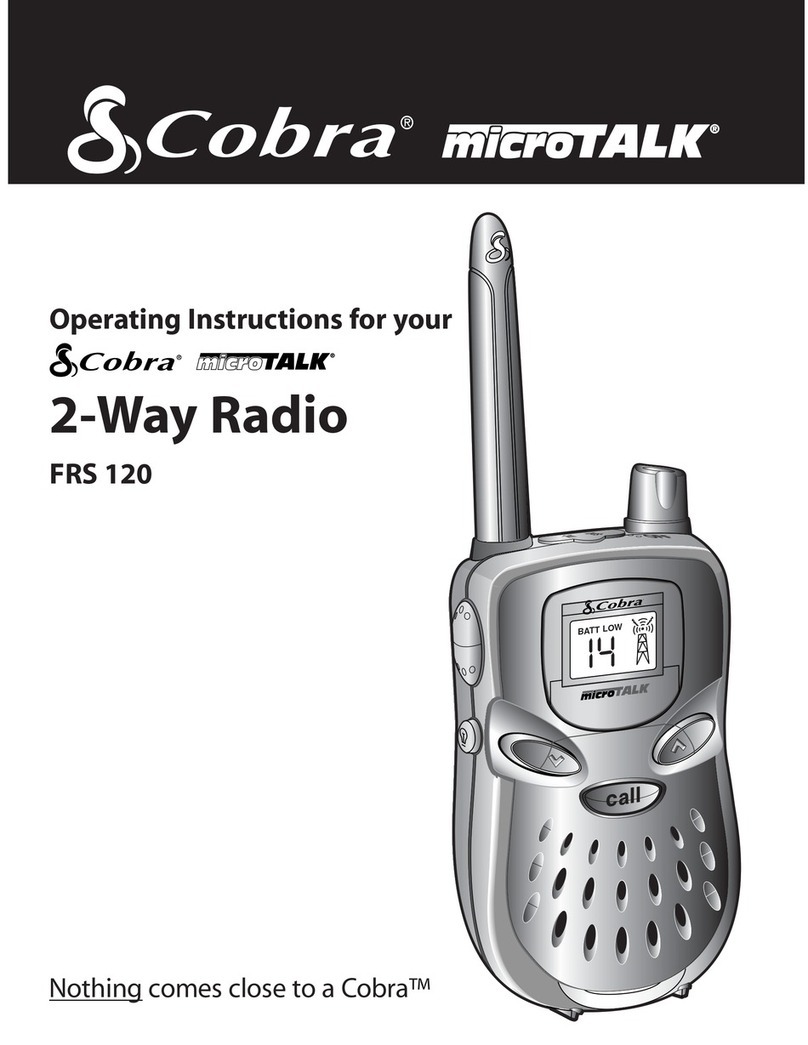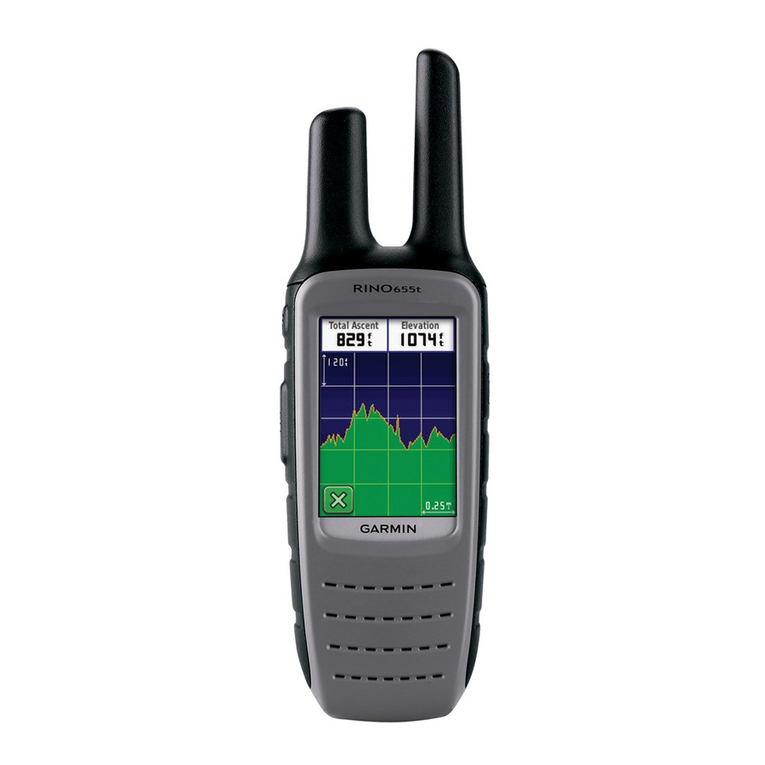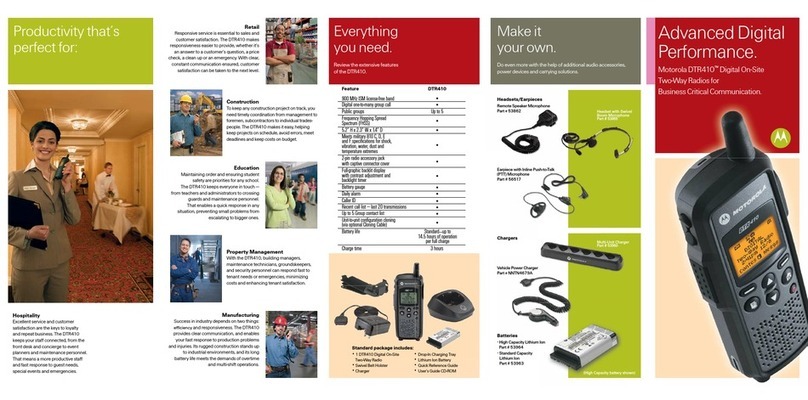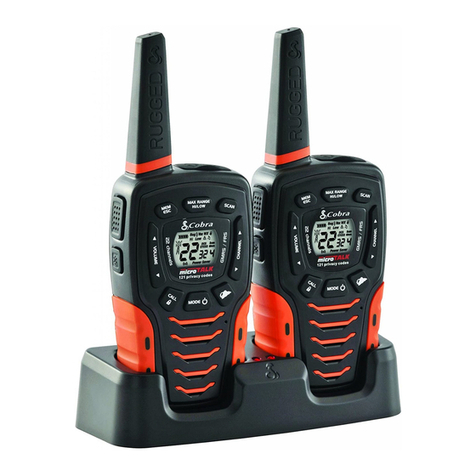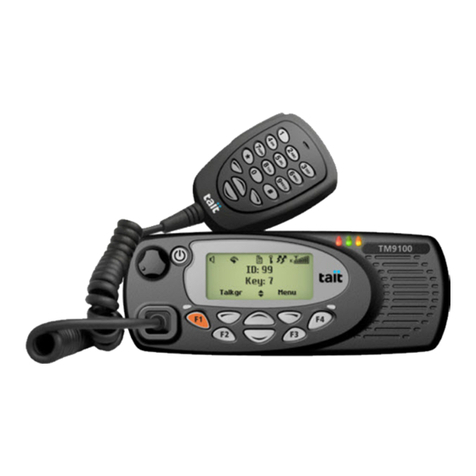
1. 3.7V Rechargeable Lithium Battery
2. Frequency Range: PMR446
3. Stepped frequency:5K/6.25K/12.5K/25K
4. Output power: ≤0.5W
5. 50 Groups CTCSS,105 Groups DCS
6. Up to 16 Channels
7. Time-out timer(TOT)
8. VOX Level: OFF/1/2/3/4/5
9. Busy Channel Lockout (BCLO)
10. Squelch Level:0-9
11. Monitoring Function
12. Low Battery Voltage Warning/Indication
13. Chinese/English Language
14. Programmable by PC
Please read the following information in order to use this two-way radio safely and efficiently.
1.The maintenance work of the two-way radio can only be carried out by professional technical personnel;
assembly/dis assembly without permission is prohibited;
2.To avoid problems caused by electromagnetic interference and/or electromagnetic compatibility, please
turn off the two-way radio in places with the sign “Please turn off two-way radio”, such as hospitals and
other health care facilities.
3.When taking airplane, please turn off the two-way radio when the crew request.
4.In automobile with airbags, do not place the two-way radio in the inflation area of the airbags.
5.Turn off the two-way radio before entering the flammable and explosive environment;
6.Do not replace or charge the battery in flammable and explosive environments;
7.Turn off the two-way radio before approaching the blasting area and detonator area;
8.Do not use the two-way radio if the antenna is damaged, or else it may cause minor skin burns;
9.Do not expose the two-way radio to direct sunlight or near the heating device.
10.While the portable two-way radio is transmitting, keep the radio in a vertical position and keep the
microphone about 5cm from the mouth.
11.Keep the two-way radio at least 2.5cm from the head or body during transmitting.
12.If you are wearing the portable two-way radio on your body, make sure that the antenna is at least
2.5cm away from the body when the two-way radio is transmitting.
13.If the two-way radio has any odor or smoke, turn off the power immediately and contact your dealer.
